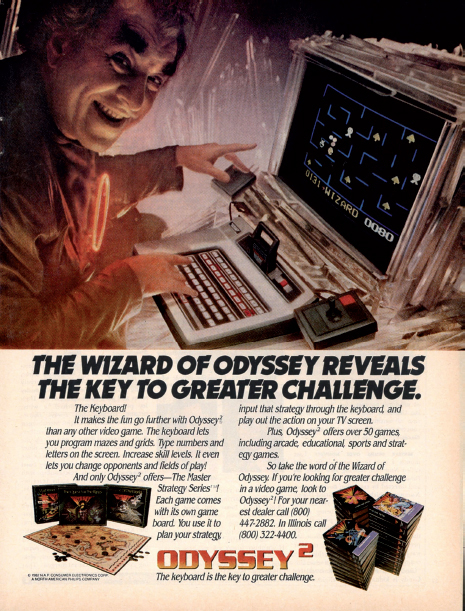The First Video Games
Printed Page 294
The postwar popularity of pinball set the stage for the emergence of video games; the first video game patent was issued on December 14, 1948. It went to Thomas T. Goldsmith and Estle Ray Mann for what they described as a "Cathode-Ray Tube Amusement Device." The invention, which was never marketed or sold, featured the key component of the first video games: the cathode-ray tube (CRT).
CRT-type screens provided the images for analog television and for early computers' displays, where the first video games appeared a few years later. Computer science students developed these games as novelties in the 1950s and 1960s. But because computers consisted of massive mainframes at the time, the games were not readily available to the general public.

However, more and more people owned televisions, and this development provided a platform for video games. The first home television gaming system, called Odyssey, was developed by German immigrant and television engineer Ralph Baer. Released by Magnavox in 1972 and sold for a whopping $100, the Odyssey used player controllers that moved dots of light around the screen in a twelve-game inventory of simple aiming and sports games. From 1972 until Odyssey's replacement by a simpler model (the Odyssey 100) in 1975, Magnavox sold roughly 330,000 of the consoles.6
In the next decade, a ripped-off version of one of the Odyssey games brought the delights of video gaming into modern arcades, establishments gathering multiple coin-operated games together in a newer version of the penny arcade. The same year that Magnavox released the Odyssey system, a young American computer engineer named Nolan Bushnell and a friend formed a video game development company called Atari. The enterprise's first creation was Pong, a simple two-dimensional tennis-style game with two vertical paddles that bounced a white dot back and forth. Unlike the Odyssey version, Pong made blip noises when the ball hit the paddles or bounced off the sides of the court. Pong quickly became the first video game to hit it big in arcades.
In 1975, Atari began successfully marketing a home version of Pong through an exclusive deal with Sears. The arrangement established the home video game market. Just two years later, Bushnell (who also started the Chuck E. Cheese pizza-arcade restaurant chain) sold Atari to Warner Communications for an astounding $28 million. Although Atari folded in 1984, plenty of companies-including Nintendo, Sony, and Microsoft-followed its early lead, transforming the video game business into a full-fledged industry.